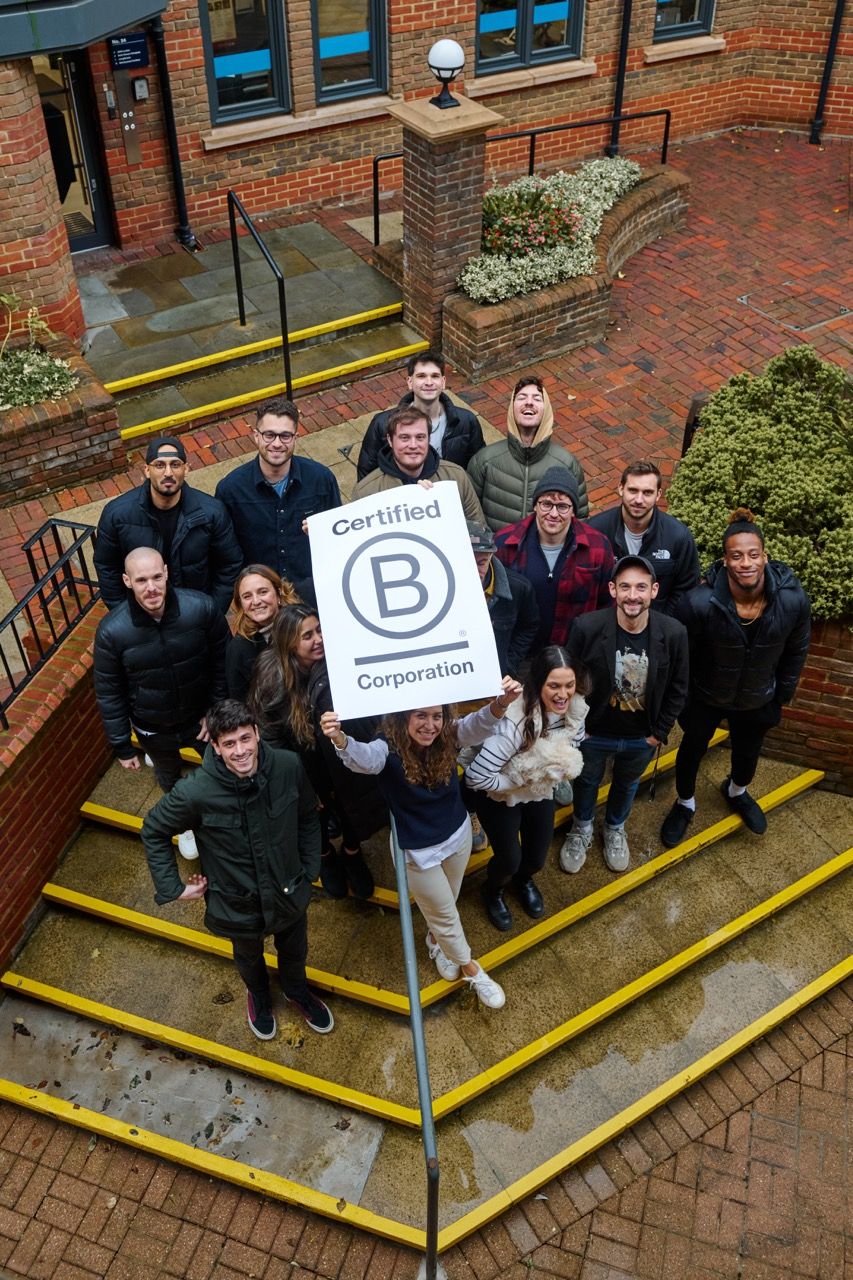Social Media Content in 2024: What Works and What Doesn’t
June 10, 2023
With so many brands doing so much on social, you may fall into the cycle, as many have before, of churning out content merely to keep up; and though consistency is key, quality always surpasses quantity. So what makes for quality content these days?
According to Hootsuite’s 2024 Social Media Consumer report, of those who follow brands on social media, 52% are exhausted by self-promotional brand content. When consumers were asked what content would most likely cause them to hide or unfollow a brand, the consensus was as follows –
76% would hide or unfollow for clickbait content
68% would hide or unfollow for repetitive content
68% would hide or unfollow for inauthentic content
68% would hide or unfollow for boring content
63% would hide or unfollow for content that is clearly angling for metrics
The 2024 Social Trends report found that 48% of marketers publish product / brand updates or news multiple times a week, which not only feels repetitive, but runs the risk of straying into territory of, what consumers deem to be, ‘boring’ content. This highlights how marketers are faltering at the relevance stage of the Awareness – Relevance – Significance trajectory. This is the stage when a customer becomes interested in you and you become interested in them. In using your social channels as a promotional megaphone to shout about the latest brand update, rather than as a platform to push content that adds value, there isn’t much to retain the potential customer’s interest, thus you witness a drop off. This is particularly applicable to engagement, which 69% of marketers use as the primary metric to demonstrate the ROI of social media; though engagement is inevitably hard to earn if you’re not giving consumers the content they actually want to consume.
When it comes to creating valuable content, ask yourself: What am I offering my audience? What’s going to keep them coming back? Is there an opportunity here for a serialised piece of content? What makes this particular piece of content shareable? In other words, analyse your content from the perspective of the person who’s actually going to be consuming it.
From an eCommerce standpoint, followers can be split into two categories- Active Shoppers and Casual Followers. Active Shoppers are those who frequently buy because of social media, stating that a brand’s social presence largely influences their decision making. At the other end of the spectrum, Casual Followers are those who don’t frequently buy as a result of social media activity, claiming that a brand’s social presence doesn’t influence their decision making as much. Active shoppers are notably more stringent when evaluating a brand’s social content. For example, while both groups agree that the overuse of emojis is a turn-off, Active Shoppers are 7% more likely to punish you for this compared to Casual Followers. The same goes for misusing slang, with 11% of Active Shoppers more likely to unfollow or hide your brand for this practice. Looking at consumers as a whole, almost half (46%) stated they would rather brands stay away from political policies, 37% from religion and spirituality, and 31% from gender identification and sexuality. Voicing on matters that don’t directly align with your organisation can sometimes do more harm than good as, according to Edelman, 64% of global consumers will buy or boycott a brand solely because of its position on a social or political issue. As a rule of thumb, you’re best set to wade into these matters only if you’ve got the brand practices to back up your stance.
The Type of Content that Drives Engagement
Enough on the content people don’t want to see, let’s dive into what they do want. What they want is to be entertained, in other words, provided with enjoyment. Now this doesn’t necessarily mean your content has to be humorous, although we’ll get into that later, entertaining content can be anything that is deemed to be inspiring, motivating, educational or emotive. If you’re struggling to determine what type of content your audience deems to be entertaining, why not ask them directly? So often as marketers we forget that social offers us a direct line to communicate with our audience. This could be in the form of a poll, general Q&A or story post. In fact, according to Hubspot, 96% of marketers rate temporary content, like Instagram Stories and polls to have an average or high ROI in contrast to other types of content, so be sure to make use of these when applicable. While engagement is the most tracked metric, it’s important to analyse the impact engagement has beyond social. For example, if a macro influencer reposted a piece of your content, analyse the data to determine whether this led to an increase in web traffic, for example. In doing so you can adjust your content strategy accordingly to meet the overarching business goals.
The types of content people want to see, once again differs between Active Shoppers and Casual Followers, with Active Shoppers more than twice as likely to want surprising content, which can be anything that is emotive or unexpected. When asked what content they would enjoy, those surveyed by Hootsuite stated –
56% want content that tells or teaches them something new
55% want content that makes them laugh
47% want content that inspires them
36% want content that makes them feel something
36% want content that engages them visually
30% want content that surprises them
On the reverse side of the coin, Hubspot found 24% of marketers to claim that humorous content generates the highest ROI on social, 18% relatable content, 12% relatable content and 10% educational. So really, if you’re looking to engage your audience, you’re best placed focusing your efforts on humorous or educational content. In fact, memes and humorous post are now outperforming highly-produced and product-focused post, with 94% of marketers reporting memes to have a higher ROI.
Whilst humour can be challenging to nail, educational content remains consistently effective. Almost all marketers (96%) rate interviews, podcasts, and expert discussions to have average or high ROI, which stacks up against Hootsuite’s finding that what consumers want most is content that teaches or tells them something new. This also aligns with long-form videos making their comeback. Not only has Youtube been deemed the most effective social media platform for brands in 2024, growing by 79% year-on-year, and overtaking both Instagram and Facebook, but TikTok, known for short-form, has been pushing for longer videos. In October of 2023, TikTok invited creators to an event at its New York office, intended to encourage the creation of longer form content. TikTok told creators that, not only are users now spending half of their time on the app watching content that is longer than one minute; but over the past six months, creators posting videos longer than one minute have seen five times the growth in followers than those that solely post short-form. It’s understandable why the behemoth of short-form is now pushing for longer-form content; the retention rate is far higher if a user remains engaged in one lengthy video rather than scrolling through their FYP, with the propensity to exit the app if a piece of content doesn’t quite hit the spot. Whilst short form will always be important, it’s worth considering how you can weave longer form into your content strategy, particularly for educational pieces and storytelling.








